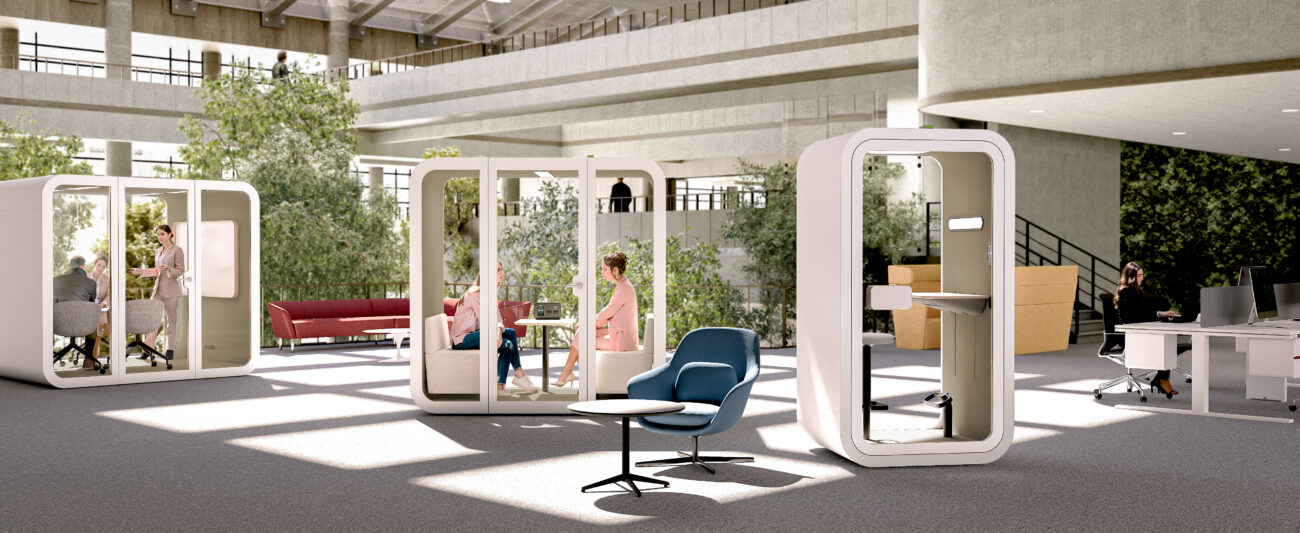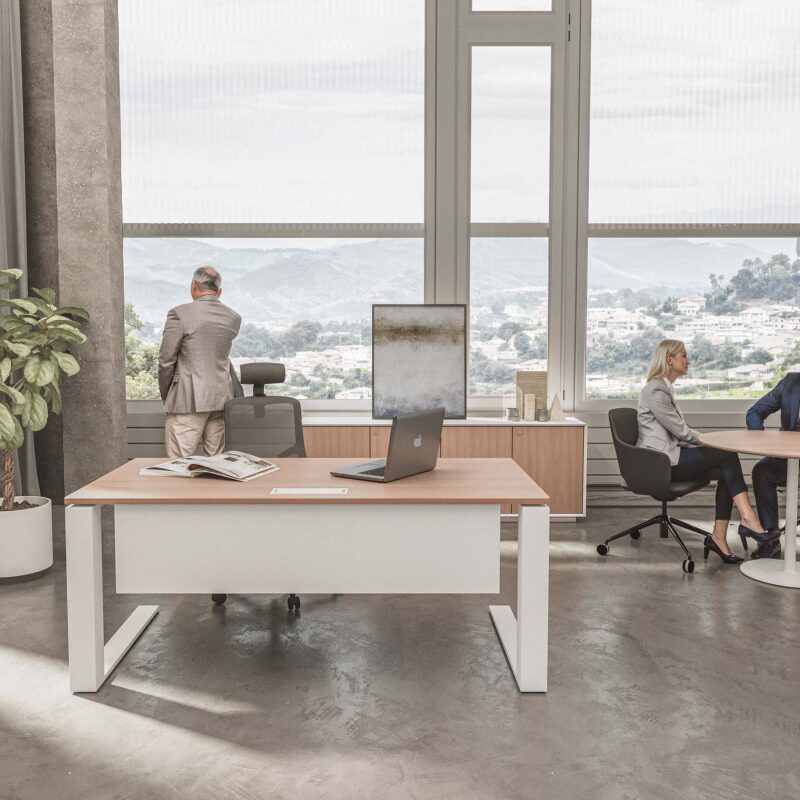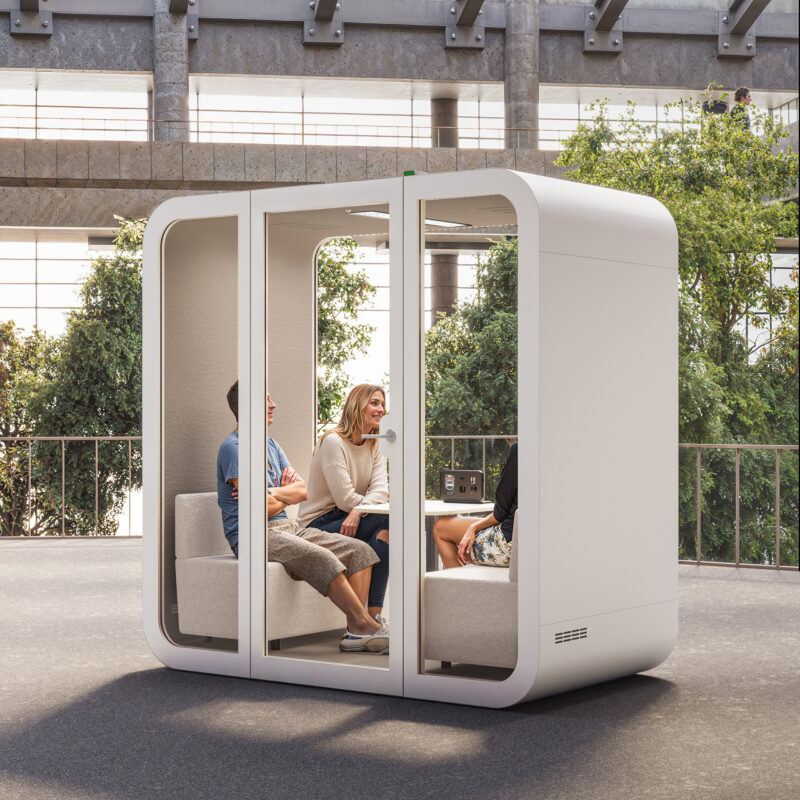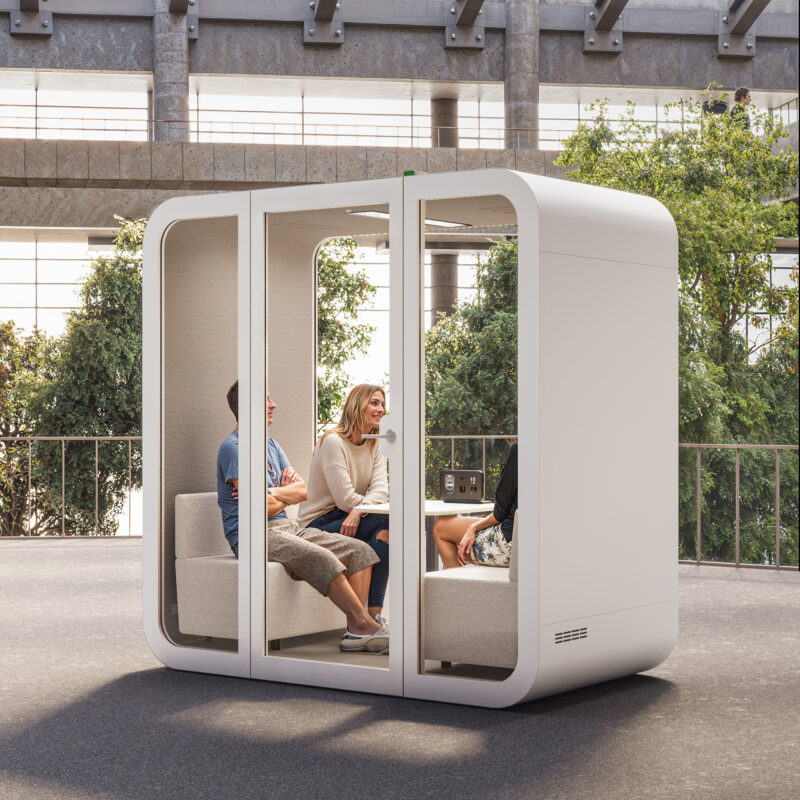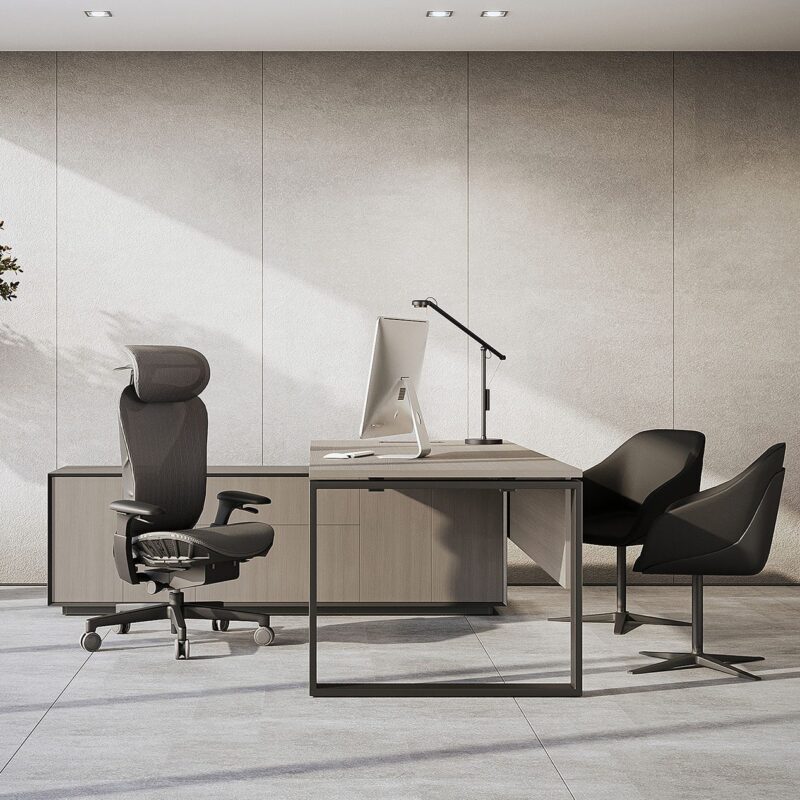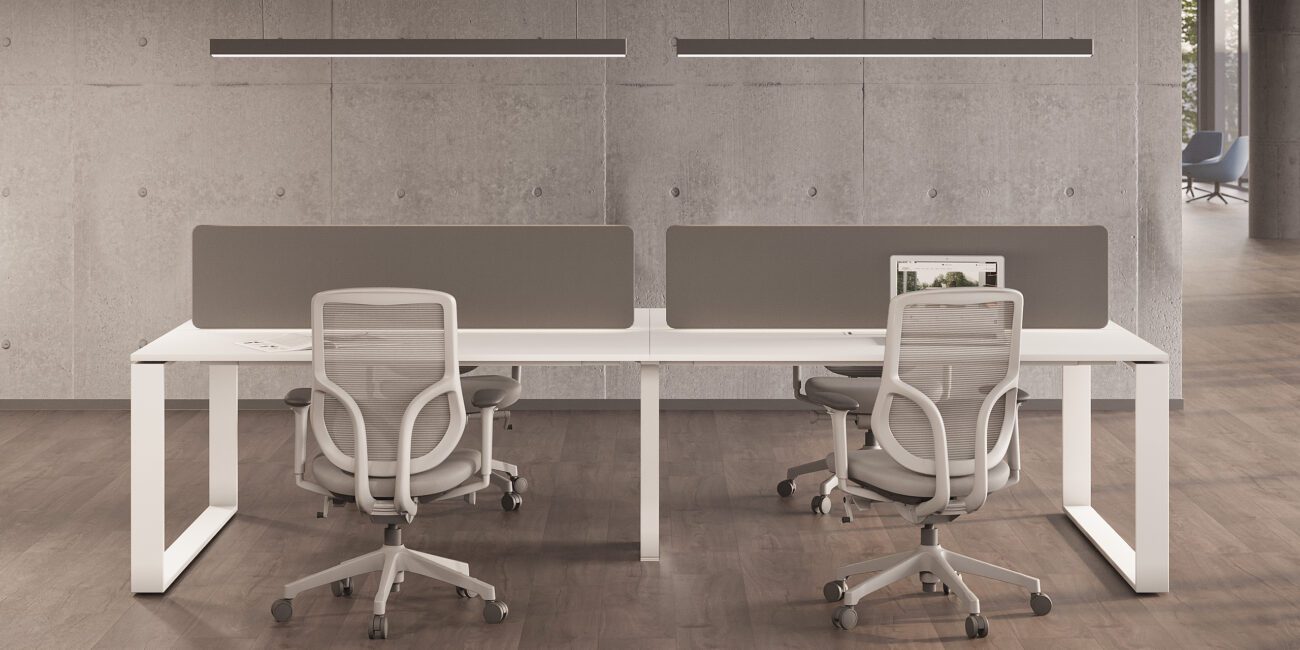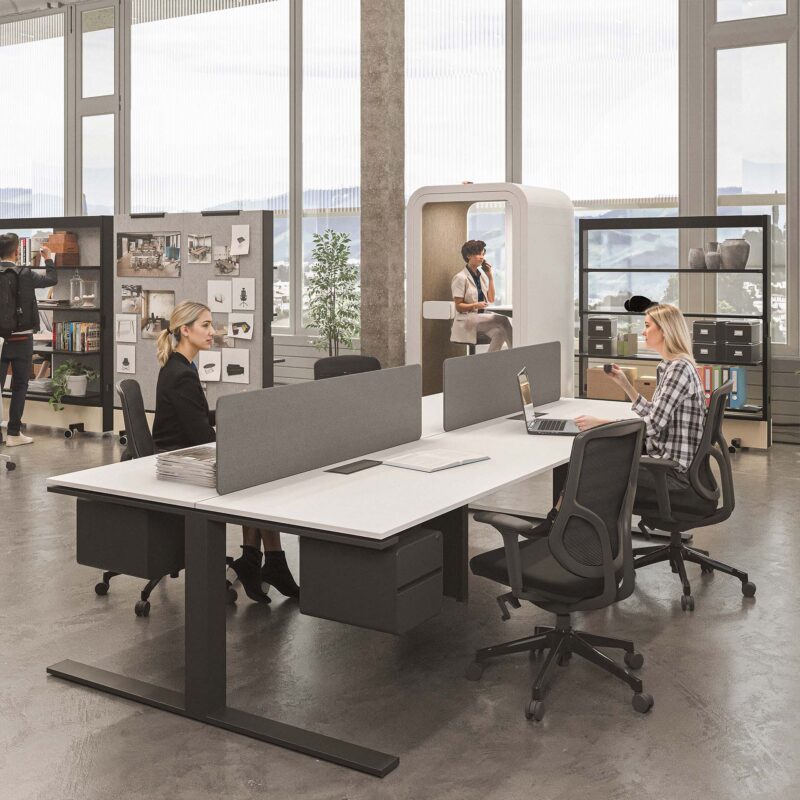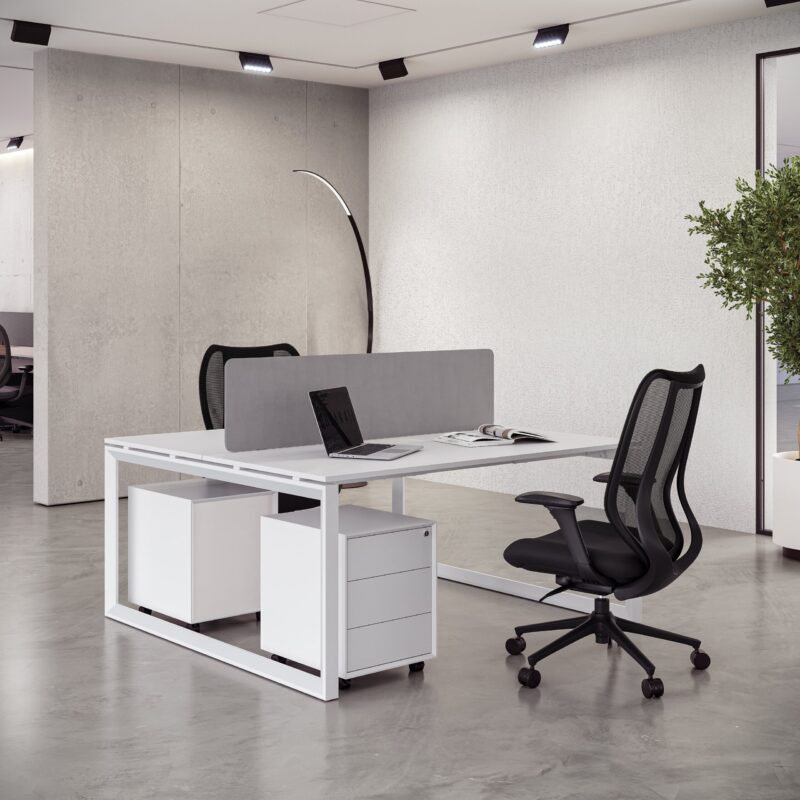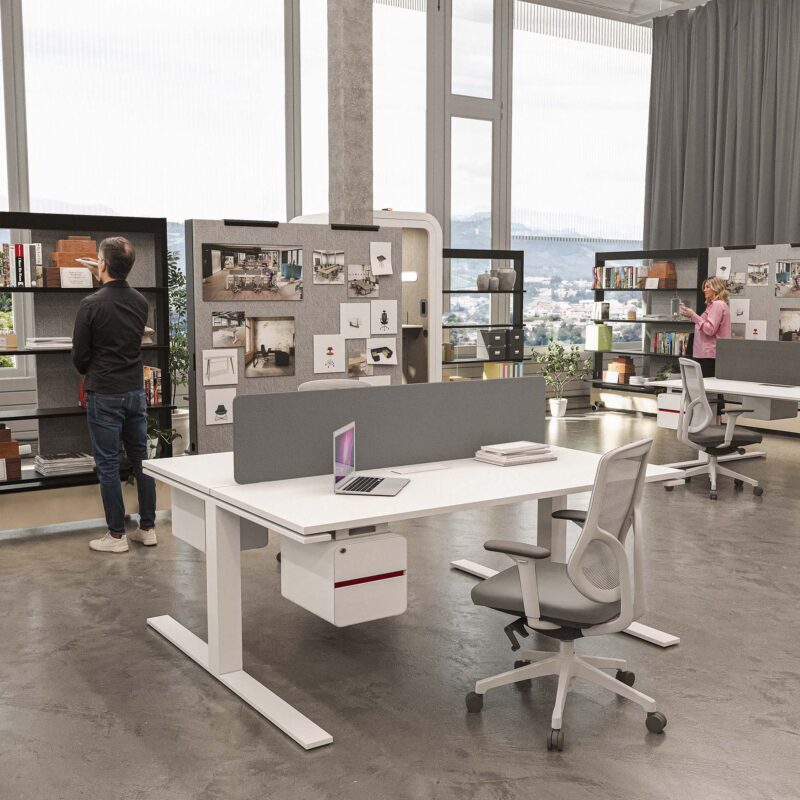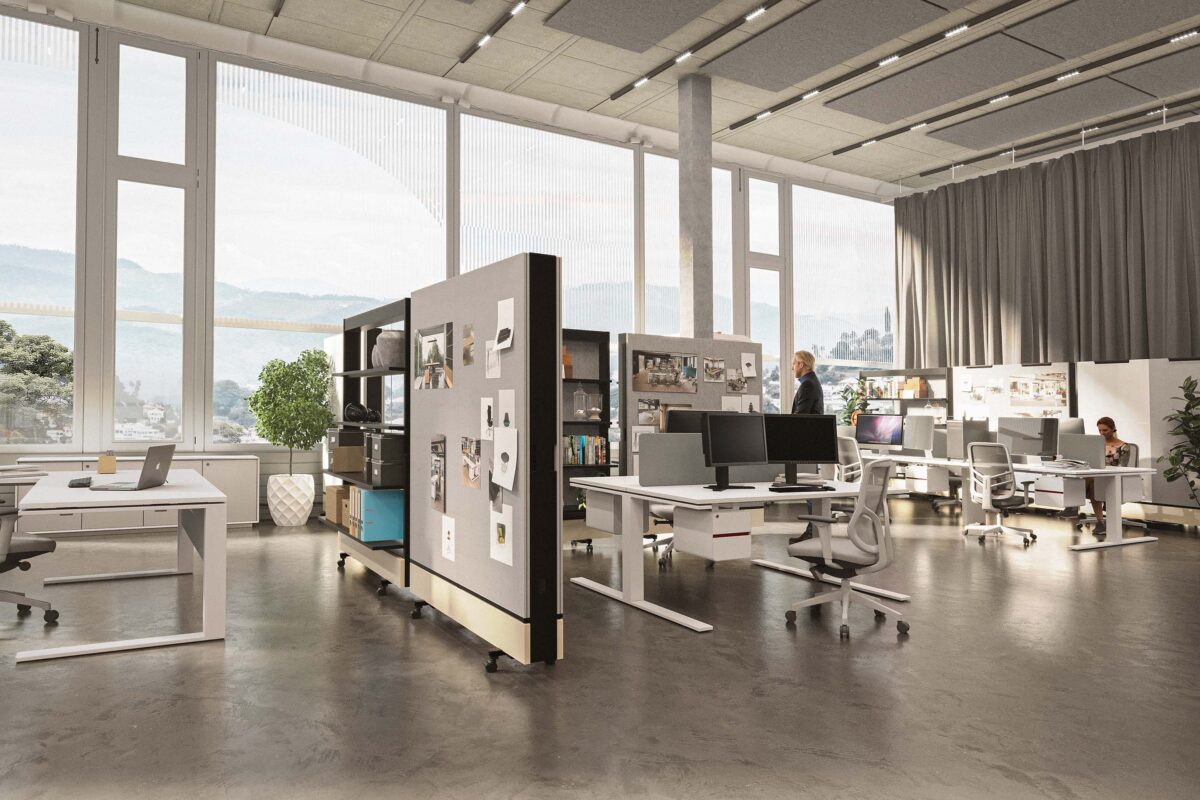From Cubicles to Open Plans: The Evolution of Modern Office Furniture Design
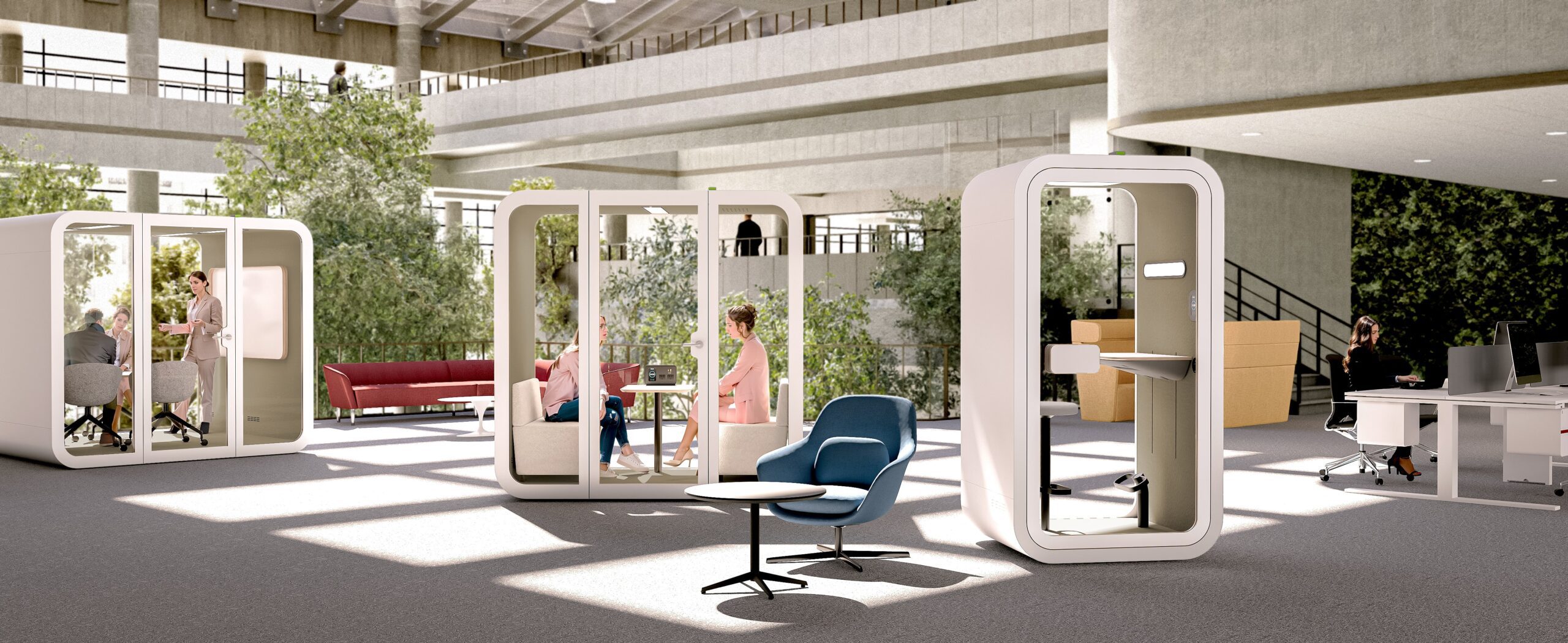
For decades, cubicles have been a staple of modern offices. They were common in offices all throughout the UAE, where they were created to provide staff as much privacy as possible and keep them from getting distracted. But as the way people work evolved, so did the way offices are set up and furnished. This is especially true in busy, fast-growing locations like Dubai and Abu Dhabi.
It’s not only about how modern workplace furniture looks in the UAE anymore. It’s crucial for productivity and employee happiness to be useful, function together, and be flexible to adjust. Let’s talk about how the workspace has transformed and what it means for the future of office design.
The Cubicle Era: Privacy First, People Second
Robert Propst thought of the cubicle in 1964. It was meant to help individuals get more done at the beginning. These enclosed spaces allowed workers to keep on task and not be disturbed. For a while, it worked. People thought that cubicles were professional, cheap, and useful.
But with time, these buildings become less interesting. They didn’t help people get more done; instead, they made them feel alone, depressed their spirits, and inhibited their creativity. There wasn’t enough air flow or natural light in the offices, so they were congested. The physical barriers also made it hard for people to talk to each other, which is terrible for businesses that need to operate together.
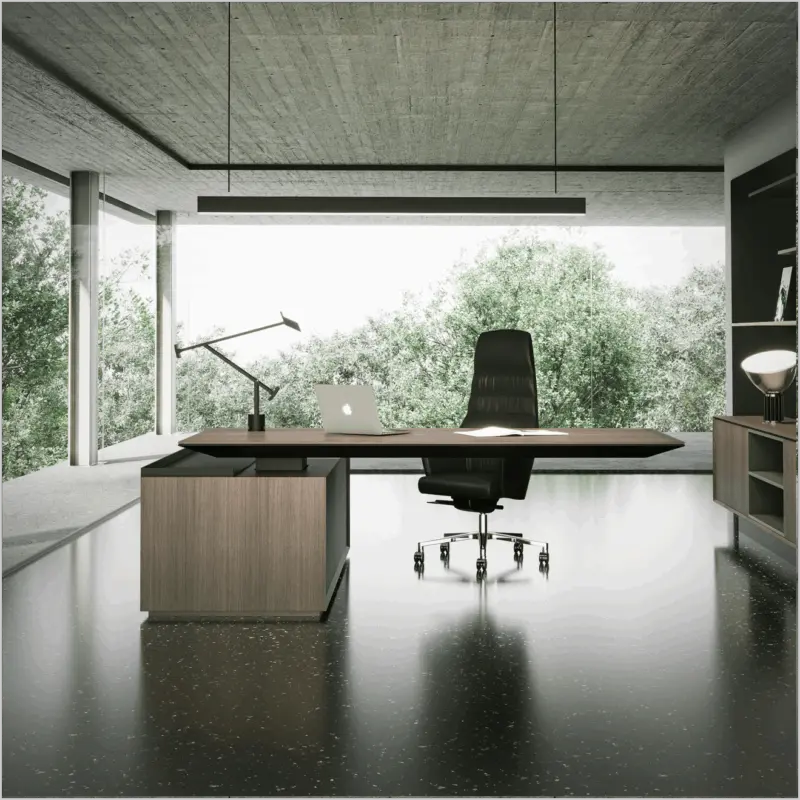
The Rise of Open-Plan Offices in Dubai and Other Cities
In the early 2000s, a huge transition began. Companies in Dubai, Abu Dhabi, and other parts of the UAE started to rethink how they set up their offices. Open-plan offices quickly became popular because they could:
- Use space and natural light to their fullest potential
- Get folks to talk to each other face to face
- Help teams that are flexible and work with people from other departments on projects.
Open layouts weren’t just a design decision; they showed how society was changing to be more open, creative, and flexible. Employers found out that workers do a better job and get more done when they can walk about and chat to each other.
The Bad Side of Being Totally Open
There are a lot of positive things about open-plan offices, but they’re not perfect. A lot of teams have difficulties with:
- Noise and other things that get in the way
- Not having enough room for yourself
- Having trouble focusing on tasks that need a lot of attention
- Health issues at work following the epidemic
A finance company in Abu Dhabi might not be a suitable fit for a creative agency in Dubai. A number of firms in the UAE are now using a mix of strategies, like having open spaces and quiet sections, conference booths, and workstations that are easy on the body.
Hybrid Office Layouts Give You The Best Of Both Worlds
More and more UAE offices are using hybrid layouts these days. These flexible rooms combine the greatest parts of cubicles with open architecture, making it possible for
- Private areas to focus on work
- Places where people can work together
- Furniture that may be rearranged to meet the needs of a group
- Smart office technology to help things go more smoothly
Acoustic pods, glass walls, and modular desks are some of the features that this model is founded on. They let firms preserve their openness while also respecting their workers’ need for privacy and concentration.
What’s coming next? The Future of Designing Office Furniture
Personalization, eco-friendliness, and smart integration are the most important things for office furniture in the UAE in the future. Companies demand office solutions that not only look attractive but also:
- Taking care of the environment
- Good for your health
- With access to power, charging stations, and technology integration
- Can be used for work models that are mixed or done from afar
As AI and the Internet of Things (IoT) become more common in office design, furniture that changes to fit the needs of people, such adjustable workstations, climate-sensitive seats, and digital whiteboards, will soon be ubiquitous.
Final Thoughts
The way we make workplace furniture has affected more than just how it appears. It depicts how we interact, converse, and cooperate with each other on a larger scale. Furniture has a huge effect on the culture of a business. In the past, cubicle farms kept people apart, but now companies in the UAE offer open, flexible spaces that make it easier for people to work together.
In Dubai, Abu Dhabi, and the rest of the UAE, businesses are utilizing current design ideas and combining them with practical, people-first solutions to create environments where teams can genuinely thrive.
In the UAE, office furniture has transformed from rigid cubicle-based layouts to more flexible and collaborative designs that feature open plans, hybrid spaces, and tech-enabled furniture to help employees be more productive and healthy.
People enjoy open-plan offices because they let in a lot of natural light, make it easier for people to work together, and can be made bigger. They go well with the fast-paced, creative business culture in Dubai and Abu Dhabi.
Hybrid office ideas combine the privacy of traditional cubicles with the openness of modern collaboration rooms. This balance is important for health following the outbreak and works well for the many ways individuals operate in UAE companies.
Some of the trends are designs that can be changed, setups that are comfortable to use, smart tech integration, and being good for the environment. For UAE businesses that wish to make things more comfortable and productive in the future, these traits are increasingly crucial.


